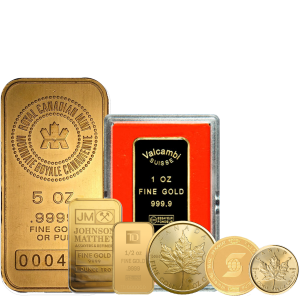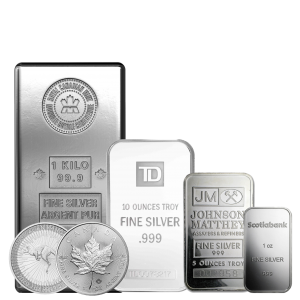

Coronet Head Cent (1816 - 1839)


Image Courtesy of Professional Coin Grading Service (PCGS.com)
Overview
An important period in the history of early American numismatics is represented by the Coronet Head Cent, which was produced from 1816 to 1839. Following in the footsteps of the Draped Bust and Classic Head cents, the Coronet Head design was a response to the requirements of the public for coinage that was more polished and long-lasting.
StructureScot was given the task of redesigning the cent by the Mint. The work that Scot had created was a resounding artistic disaster when it was put into production in the year 1816. After some time, William Kneass made several modifications to the Coronet Head Cent, which depicts a picture of Liberty looking left while wearing a coronet that is engraved with the word "LIBERTY." Additionally, the date is displayed at the bottom of the obverse, while the reverse features a wreath that encircles the number "ONE CENT," with the words "UNITED STATES OF AMERICA" all around the wreath's perimeter. The large cent's 27 to 29 mm diameter is roughly equal to that of a half-dollar in American money today.
Collection- • While some rare forms are expensive, there are many common dates available at reasonable prices for novices.
- • The historical relevance of these coins rests in their depiction of a major era in the early history of the United States, which reflects the expansion and development of the nation.
- • Because of their weight and the way they feel between the fingertips, these massive copper coins provide a unique collecting experience unlike modern coinage.
Some types of dies, like the proof-only 1834, are very uncommon and hard to find. 1816 is a popular date because it is thought to be the year of its release. The 1817 coin has fifteen stars on the front instead of the usual thirteen. This is an odd change. The first overdate was made in 1819, the same year as the Small and Large Date types. Out of all the years, 1821 was one of the hardest. You can find a lot of dates that are in good shape. It was a little easier to find the best grades for some times, like 1817 and 1820, because they came in hoards.








